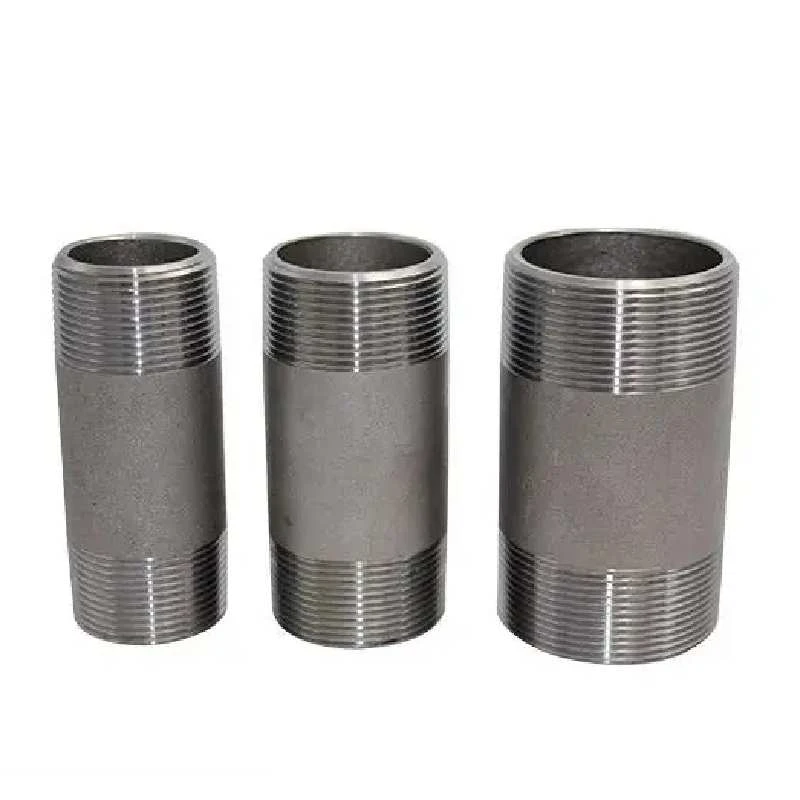-
Cangzhou Yulong Steel Co., Ltd.
-
Phone:
+86 13303177267 -
Email:
admin@ylsteelfittings.com
- English
- Arabic
- Italian
- Spanish
- Portuguese
- German
- kazakh
- Persian
- Greek
- French
- Russian
- Polish
- Thai
- Indonesian
- Vietnamese
- Zulu
- Korean
- Uzbek
- Hindi
- Serbian
- Malay
- Ukrainian
- Gujarati
- Haitian Creole
- hausa
- hawaiian
- Hebrew
- Miao
- Hungarian
- Icelandic
- igbo
- irish
- Japanese
- Javanese
- Kannada
- Khmer
- Rwandese
- Afrikaans
- Albanian
- Amharic
- Armenian
- Azerbaijani
- Basque
- Belarusian
- Bengali
- Bosnian
- Bulgarian
- Catalan
- Cebuano
- China
- China (Taiwan)
- Corsican
- Croatian
- Czech
- Danish
- Esperanto
- Estonian
- Finnish
- Frisian
- Galician
- Georgian
- Kurdish
- Kyrgyz
- Lao
- Latin
- Latvian
- Lithuanian
- Luxembourgish
- Macedonian
- Malgashi
- Malayalam
- Maltese
- Maori
- Marathi
- Mongolian
- Myanmar
- Nepali
- Norwegian
- Norwegian
- Occitan
- Pashto
- Dutch
- Punjabi
- Romanian
- Samoan
- Scottish Gaelic
- Sesotho
- Shona
- Sindhi
- Sinhala
- Slovak
- Slovenian
- Somali
- Sundanese
- Swahili
- Swedish
- Tagalog
- Tajik
- Tamil
- Tatar
- Telugu
- Turkish
- Turkmen
- Urdu
- Uighur
- Welsh
- Bantu
- Yiddish
- Yoruba

Dec . 17, 2024 05:24 Back to list
Hydraulic Flange Connectors for Efficient Fluid Transmission Systems and Applications
Understanding Hydraulic Flange Fittings Essential Components in Hydraulic Systems
Hydraulic flange fittings play a crucial role in modern hydraulic systems, providing a reliable and efficient means of connecting hoses and tubes to various hydraulic components. These fittings are designed to create a secure, leak-proof connection, which is essential for the safe and effective operation of hydraulic machinery. In this article, we will explore the significance, types, installation methods, and maintenance practices related to hydraulic flange fittings.
What are Hydraulic Flange Fittings?
Hydraulic flange fittings are components used to join two or more hydraulic pipes or hoses. They consist of a flange that is mounted on the end of a pipe, with a corresponding flange on another pipe or component. The two flanges are bolted together, creating a strong and leak-proof seal that can withstand high pressure. This design is particularly beneficial in hydraulic systems where the pressure can fluctuate or be exceptionally high.
Importance of Hydraulic Flange Fittings
The importance of hydraulic flange fittings cannot be overstated. They are integral to the overall safety and efficiency of hydraulic systems. Firstly, these fittings allow for easy assembly and disassembly, making maintenance and repairs more manageable. In industrial settings, this can significantly reduce downtime and maintenance costs.
Secondly, hydraulic flange fittings are highly versatile. They come in various styles and sizes, allowing engineers to select the appropriate fitting based on the specific requirements of their hydraulic systems. This flexibility is crucial in industries such as construction, manufacturing, and agriculture, where hydraulic systems must cater to diverse applications.
Moreover, flange fittings can accommodate thermal expansion and contraction, which is vital for maintaining system integrity under varying temperature conditions. Their robust design ensures that they can handle the mechanical stresses and vibrations often present in hydraulic systems.
Types of Hydraulic Flange Fittings
Hydraulic flange fittings come in several types, each tailored for specific applications. Some common types include
hydraulic flange fittings

1. Flat Face Flange Fittings These fittings feature a flat mating surface, providing even pressure distribution and minimizing the risk of leakage. 2. Raised Face Flange Fittings These fittings have a raised surface, which offers increased sealing capabilities and is commonly used in high-pressure applications.
3. Blind Flanges These are used to close off the end of a piping system, allowing for easier maintenance and inspection.
4. Orifice Flanges These fittings include a meter orifice, which helps control flow and pressure within the hydraulic system.
Choosing the right type of flange fitting is essential to ensure optimal performance and safety.
Installation and Maintenance
Proper installation of hydraulic flange fittings is crucial for their effectiveness. It typically involves aligning the flanges, inserting a gasket to enhance sealing, and tightening the bolts to a specified torque. Over-tightening or under-tightening can lead to leaks or damage, so adhering to manufacturer guidelines is essential.
Routine maintenance is also important. This includes checking for signs of wear and tear, rust, or leaks. Regular inspections help identify potential issues before they become serious problems, ensuring the longevity and reliability of the hydraulic system. If any damage is detected, replacing the affected fittings immediately can prevent operational failures.
Conclusion
In summary, hydraulic flange fittings are vital components that facilitate safe and efficient connections within hydraulic systems. Their robust design, versatility, and ease of maintenance make them indispensable in various industries. By understanding the types, importance, and maintenance requirements of hydraulic flange fittings, engineers and technicians can ensure their systems operate smoothly and reliably, contributing to the overall success of their projects.
Latest news
-
ANSI 150P SS304 SO FLANGE
NewsFeb.14,2025
-
ASTM A333GR6 STEEL PIPE
NewsJan.20,2025
-
ANSI B16.5 WELDING NECK FLANGE
NewsJan.15,2026
-
ANSI B16.5 SLIP-ON FLANGE
NewsApr.19,2024
-
DIN86044 PLATE FLANGE
NewsApr.19,2024
-
DIN2527 BLIND FLANGE
NewsApr.12,2024
-
JIS B2311 Butt-Welding Fittings LR/SR 45°/90° /180°Seamless/Weld
NewsApr.23,2024
-
DIN2605-2617 Butt-Welding Fittings LR/SR 45°/90°/180° Seamless/Weld
NewsApr.23,2024











